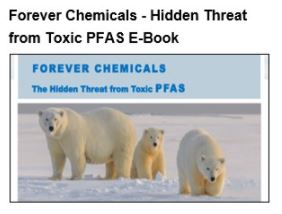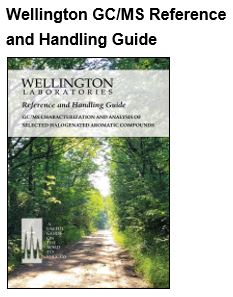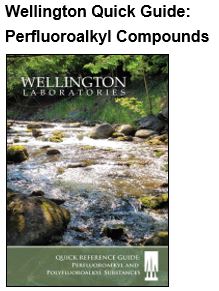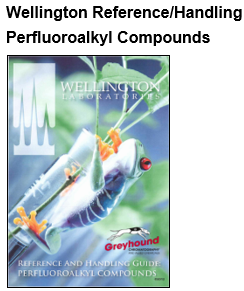Pesticides Play Pivotal Role in African Wildlife

Anyone who has ever lived in or visited Africa understands how the continent's natural wildlife is a signature trademark. Many of the creatures that are native to Africa cannot be found elsewhere, and their beauty has to be seen up close in their natural habitat to truly be appreciated. However, that has not stopped poachers and others from trying to exploit them for monetary gain on the black market. Efforts to capture these animals have included the use of firearms and poisoning through pesticides.
The strength of the national laws in Africa pertaining to pesticides, as well as the faithfulness with which they are enforced, have varied throughout the continent. One expert published a study in the Annals of the New York Academy of Sciences, which discusses the history of pesticide use in Africa, particularly within the context of wildlife killings.
Bans and stronger regulations are recommended
Darcy Ogada of The Peregrine Fund in Boise, Idaho, and the National Museums of Kenya in Nairobi noted that 83 percent of African nations have laws making it illegal to hunt wildlife with poison. However, Ogada asserted that both regulations and their enforcement are weak. To provide context, she discussed why pesticides are used for wildlife killing.
"Common reasons for poisoning are control of damage-causing animals, harvesting fish and bushmeat, harvesting animals for traditional medicine, poaching for wildlife products and killing wildlife sentinels (e.g., vultures because their aerial circling alerts authorities to poachers' activities)," Ogada wrote in the Annals of the New York Academy of Sciences. "Populations of scavengers, particularly vultures, have been decimated by poisoning."
The most common methods of wildlife poisoning used by poaches and hunters include baiting of carcasses, soaking grains in pesticide solutions, contaminating animals' water sources and creating salt licks by mixing poisonous chemical compounds together.
According to Ogada, carbofuran is the most commonly used pesticide in illegal activities against wildlife. The U.S. Environmental Protection Agency pulled many of the approved uses of carbofuran in 2009 because of the growing body of research indicating that the insecticide/nematicide had a high level of environmental toxicity. That year, all uses of carbofuran in the U.S. were canceled, with the exception of applications for field corn, pumpkins, sunflowers, potatoes, spinach and pine seedlings. Farmers were allowed to use up carbofuran supplies through the end of 2009, while non-food use was permissible so long as it was in compliance with label instructions.
When it comes to human health, high levels of carbofuran exposure have been associated with damage to the blood-forming, nervous and reproductive systems.
To remedy illegal use of pesticides in African wildlife hunting, Ogada proposed strengthening current laws pertaining to poisons.
"Recommendations include banning pesticides, improving pesticide regulations and controlling distribution, better enforcement and stiffer penalties for offenders, increasing international support and awareness, and developing regional pesticide centers," Ogada wrote.
Tighter regulations on pesticide use in Africa may help protect wildlife on the continent, thus ensuring the health of Africa's beautiful and fragile ecosystem.
CONTACT US
Tel: +44 (0) 151 649 4000
Email: marketing@greyhoundchrom.com
FOLLOW US
YOU MAY ALSO BE INTERESTED IN OUR NEWSLETTER













